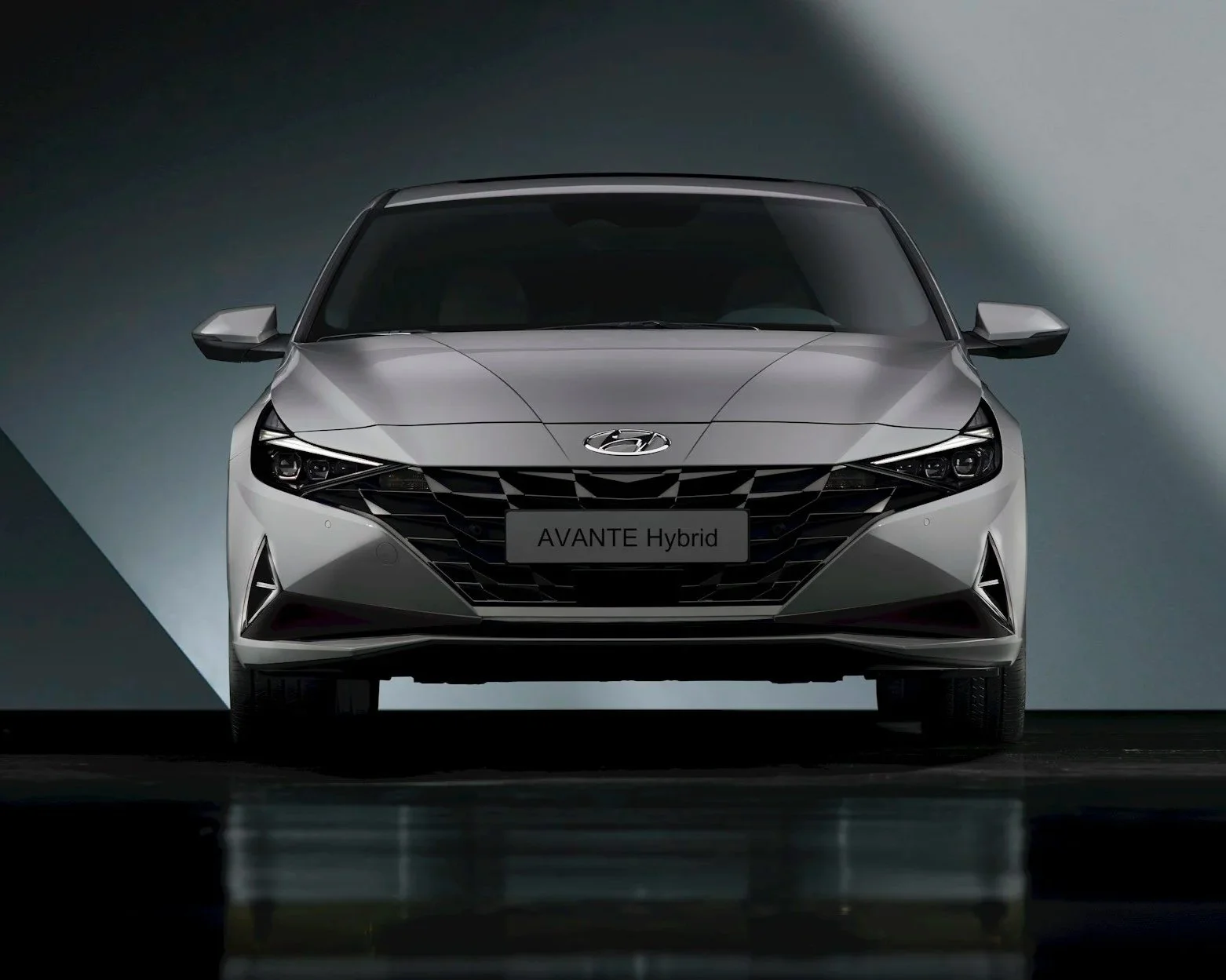free car buying advice everyone should know before their next purchase.
Buying a car is one of the biggest financial decisions most people make — yet too many walk onto a lot or meet a seller without knowing what to look for.
That’s how bad deals happen, and it’s why so many people end up with expensive repair bills they never saw coming.
This checklist is free, simple, and something every car buyer should carry with them. It’s not about becoming a mechanic — it’s about knowing the obvious signs of trouble before you sign on the dotted line.
If you can spot the right things in a 10–15 minute inspection, you can avoid thousands in future repairs, keep yourself safe, and make sure you’re getting the best value for your money.
Print it. Save it. Share it. Whether you’re buying from a dealership, a private seller, or even a friend — use this before you buy, and you’ll never look at a car the same way again.
1. First Impressions & Exterior
Walk-around check: Look for uneven panel gaps, mismatched paint, or signs of accident repair.
Rust & corrosion: Pay special attention to wheel arches, rocker panels, and door bottoms.
Glass & lights: Check for cracks, chips, fogged headlights.
Tires: Even tread wear (use a penny or tread gauge). Uneven wear can mean suspension/alignment issues.
2. Underneath the Car
Leaks: Look for fresh drips of oil, coolant, or transmission fluid.
Frame damage: Bent metal, weld marks, or crumpled supports can indicate an accident.
Rust: Surface rust is normal; flaking, scaling, or holes are red flags.
3. Under the Hood
Fluids:
Oil: Should be clean brown or golden, not sludgy or milky.
Coolant: Bright green, orange, or pink — not brown or rusty.
Transmission fluid: Clear red (automatic) with no burnt smell.
Belts & hoses: No cracks, frays, or bulges.
Battery: No heavy corrosion on terminals, date stamp under 5 years old is ideal.
General cleanliness: Excessive grease or fresh paint can hide problems.
4. Interior
Electronics: Test windows, locks, seats, AC/heat, radio, wipers, etc.
Odor check: Musty smells can mean water leaks; strong air freshener might be covering something.
Wear patterns: Excessive seat or pedal wear could mean higher mileage than stated.
5. Test Drive
Startup: Should start quickly with no excessive cranking. Listen for knocks, rattles, or squeals.
Idle: Steady and smooth; no warning lights.
Acceleration: Smooth power delivery, no hesitation or stuttering.
Steering & suspension: No pulling to one side; minimal clunks over bumps.
Braking: Firm pedal, no vibration or pulling.
Transmission: Smooth shifts with no slipping or banging.
6. Paperwork & History
Service records: Regular oil changes, major services documented.
Title: Clean, not salvage or rebuilt (unless you know what you’re doing).
VIN check: Use Carfax, AutoCheck, or a free VIN search to spot accidents, mileage rollbacks, or flood damage.
Recalls: Check NHTSA.gov for open recalls.
7. Quick Rule of Thumb
If 3 or more significant issues pop up in any of these areas, the car probably isn’t worth the risk — even if it’s cheap.
if you’re looking for a reliable car and don't care about the brand of car, stick with Honda and Toyota. Those brands have proven over the years to be the most reliable.


